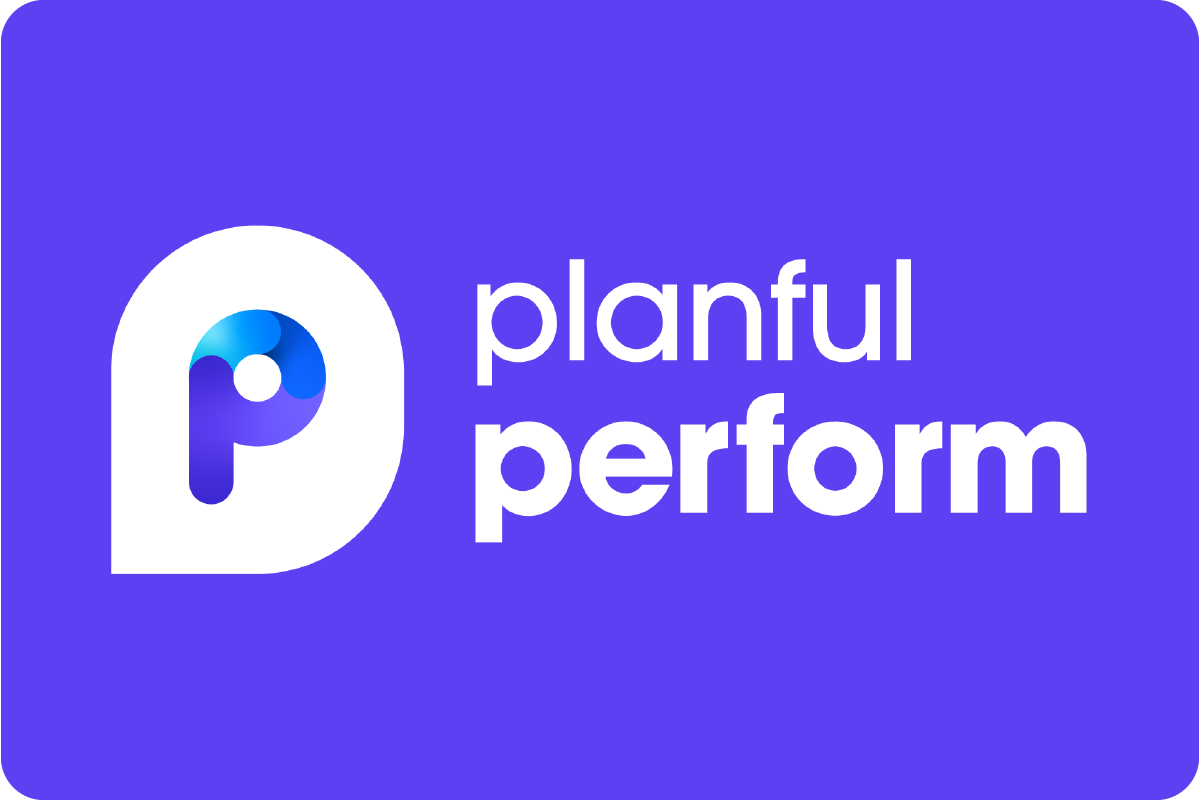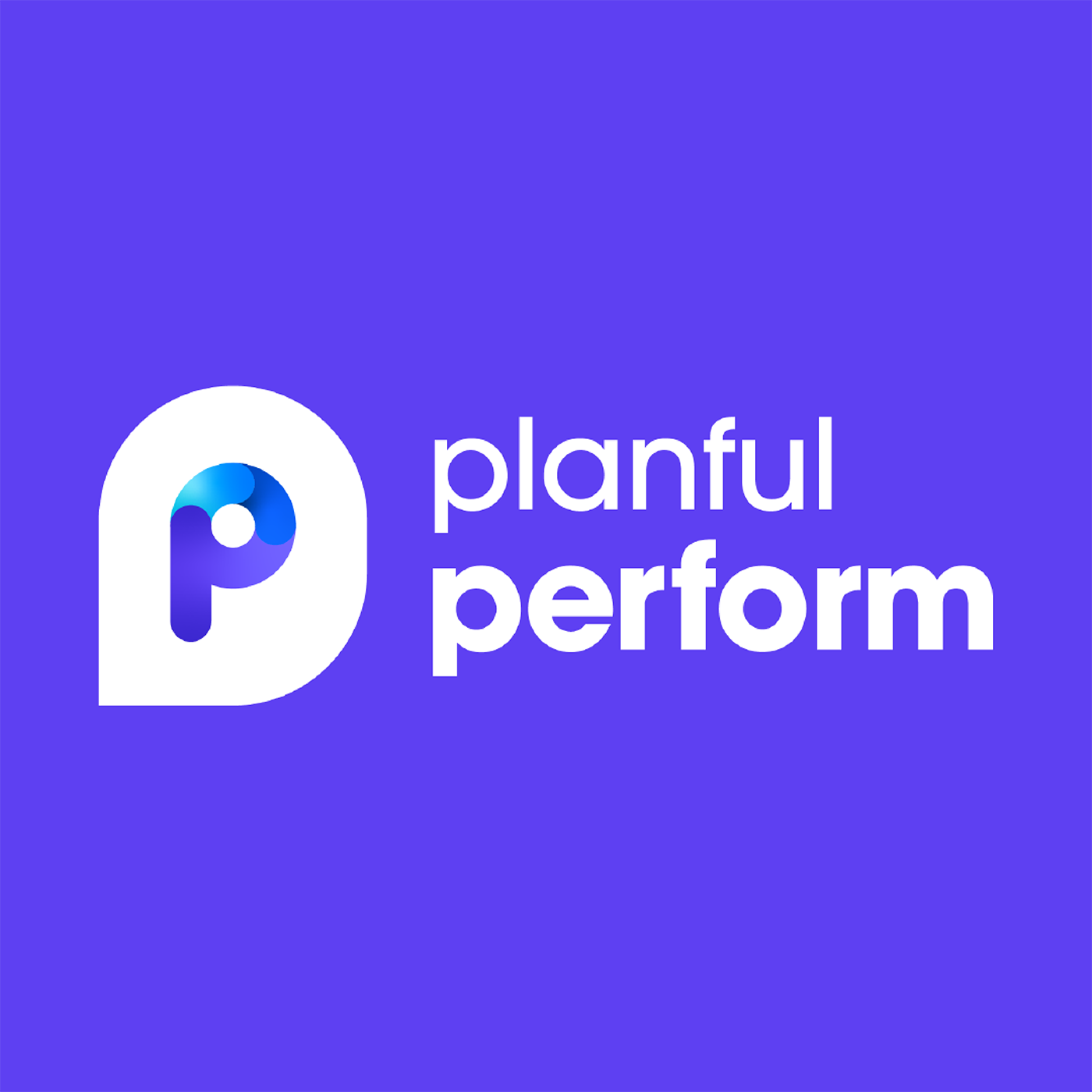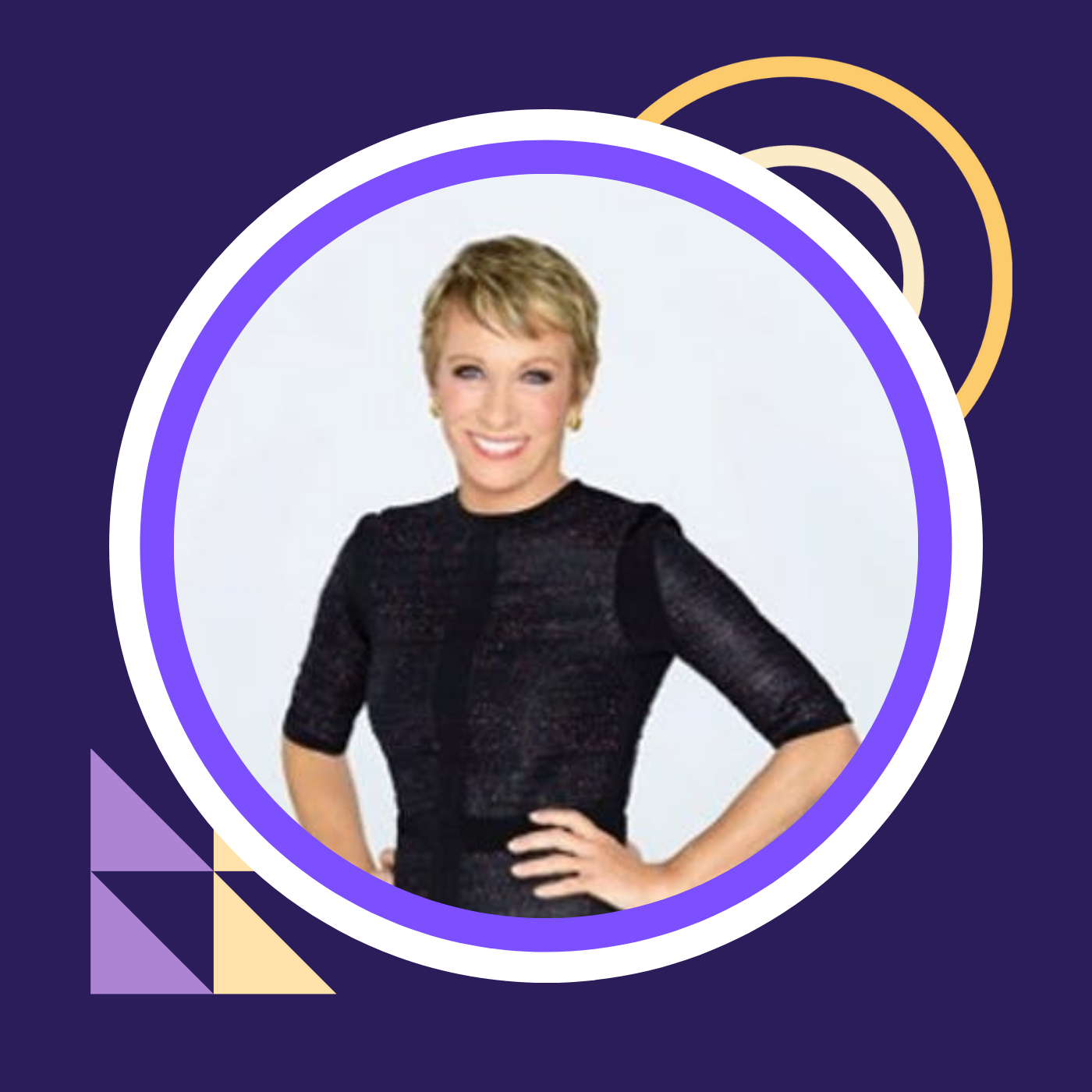Trintech & Planful Live Demo: Bringing FP&A Processes Closer Together | Amrita Johal, Jesse LaJoye & Jon Sykoya
- 0.5
- 1
- 1.25
- 1.5
- 1.75
- 2
Amrita: Hi. My name's Amrita. I'm a solutions consultant here at Planful. Prior to joining Planful, I worked at a Big Four accounting firm where I gained my CPA designation. So definitely can feel a lot of the pain points that you guys probably experienced day to day. I did a lot of internal and external audit, as well as monthly account reconciliations and all of those fun things, so I understand how painful and slow they sometimes can be. And so I'm really excited to be able to talk about the Adra product today.
Jesse: Yeah, absolutely. So just to kind of give you some context and the background of the partnership, really, we were looking for the right partner to bring accounting and finance together. Obviously, different functions that happen on different sides of the office of finance. But when you think about finance and everything that goes in on planning and analysis side, you're waiting for the close. You're waiting for the accounting team to finish up what they're doing. And that was really the theory behind what we've done with this partnership, really bringing the two solutions together, so both teams can coordinate, collaborate, and really be able to effectively see where everyone's at in their individual processes. So this was really an 18 month journey, in terms of bringing these two solutions together. So we started working together probably January of last year, announced the partnership in July of last year. And since then, it's really been just a fun ride for both teams. And just to kind of give you some context into Adra and what you're about to see today, SaaS based solution that has four modules inaudible. So essentially, you've got a workflow solution that allows you to track and manage every piece of the close. That ties in very closely with what we call Balancer, which is really your central depository of your reconciliations, all in one place. On top of that's what we call Matcher, which is a transaction matching solution to where, whether you have high volume, complex matching needs, you can set up custom rules, no matter what your situation is to automate that process. So you can get your staff out of more of the tactical day to day, mundane of matching and having to go through multiple sources and have the system do that for you. And then on top of that's what we call Adra Analytics, which is really just going to be that deeper level of reporting that shows you the insights across your entire close process. So with that, I'm certainly not a product person. You don't really want to hear from me. I'm probably just tell you yes on all questions. So I'm going to turn it over to Amrita here to go through the demo. And yeah, let us know if you have any questions. Thank you.
Amrita: Perfect. Thanks so much, Jesse. So yeah, as he mentioned, there's four major products that Adra has to offer. We're going to go through Task Manager, which really talks about the collaboration aspect and then go into Matcher, which is where the rules are set and how the reconciliations run. And then of course, show you a reconciliation completed through Balancer. So with that, I'm going to jump into the platform. And before I do so I just want to get a quick show of hands to see who I'm talking to today. So how many of you guys are all in the finance roles? Okay. Fair amount. And how about an accounting specific roles? Okay. Shout out accountants. Okay. So I know that there's often times kind of a disconnect between the finance and the accounting roles and our goal here at Planful's really to give you complete control over that process. So a lot of the times finance is bothering accounting to see how things are progressing, and usually not vice versa. So we want to give you complete control of your process and that's kind of where the integration between Planful and Trintech has come from. So with that, I'm going to get into the demo, but I'm starting here on our Planful solution just to really show you how integrated the products are and that you're able to sign on using the same logistics and credentials that you do to sign on to Planful. So, right now, I'm logged into my Planful platform, going to go to the account reconciliation and that will take us directly to Adra. So you just have to pick your engagement. So you're signing on just using the same credentials as you would Planful completely seamless integration. Now, a quick show of hands to see who is still using Excel to complete their month end close reconciliations? Okay. A fair amount. And we know how long and kind of tedious set process can be. So I hope you find some value in what I'm about to show you today. The first thing I want to walk through is our Task Manager. So our Task Manager is ultimately where the collaboration happens. And a good thing to mention is that this Task Manager, of course can be used for finance and accounting, but also can be used for other aspects of the organization, such as human resources, internal, even any lists that you need to create, can all live within Task Manager. So right now, I'm logged as an Allison Reynolds, as you'll see on the left hand side there, and you're looking at the home screen for the Task Manager. So you'll be able to see all of the tasks in progress and that are assigned to me, tasks that I'm have been assigned to approve, as many accounts that have been assigned to me, as well as all upcoming tasks. You'll notice on the right hand side of the upcoming task, you'll see a start button and that allows you to track how long this takes you. That's good internally to be able to see how long you're able to track for yourself. But also as a controller, they're able to see how long each process is taking and kind of hold their employees accountable. So let's jump into one of our tasks in progress here. Let's go into the process cash reconciliation. Here you're seeing that there's two tasks proceeding. We're in the one that's in progress and then there's a couple succeeding tasks. So that just kind of allows you to lay all of the tasks out that need to be completed in order to complete this single task. Below, you'll see a checklist and that checklist is kind of just a task list within the list. So I find this really, really useful when there's employee churn, people no longer working for you, they can go through this checklist to see what needs to be completed to complete this task. It's also good to stay safe. For example, if someone's out on vacation, you can see what needs to be completed. You'll see below there's also an option to submit any documents and how you complete this. You can add comments, say for example, you're a supervisor looking to see why it's not completed. You can simply add a comment and so everyone knows where you're at. You then can hit prepare when you're ready. So that's kind of how the home works in the Task Manager. The next thing I want to walk into is a task list. So as I mentioned, this can be used for financial tasks, but also any other task within your organization. The first one we'll walk into is that April 2021 month end checklist. And this is also a really good place for finance to be able to visualize and see how things are progressing. There's no need for them to Slack you or email you to see how things are going. They can walk into this and kind of check for themselves and just kind of get you off their backs. You'll be able to see all of the different tasks assigned to this checklist and also the department in charge, so you'll see that the AP department or the AR department, whatever it's applicable to. And then within each of the task lists, they all get assigned to a library. So this is a library for your entire organization and all of the tasks that you guys have in place. And these can all be rolled forward from period to period. So no need to have to create these every month or every year, you can roll them forward. And you also can create lists for your auditors so that you can create a list of everything that they need to get ready for you as well. So that's kind of a brief overview of Task Manager, and just showing you how you can collaborate within your organization, how you can hold your employees accountable when you're more in a position of management. The next thing I want to walk into is our Matcher. So Matcher where all the rules are created in order to complete the reconciliations. The first thing I want to do is kind of show you how to import the information into Adra and how seamless and easy that process really is. So what we'll do right off the bat is go to import and upload the files. You can see, I have two Excel spreadsheets here. One of them being from NetSuite, and that can be either from your ERP system or directly from Planful, it's all system agnostic. And then you also have your Bank of America bank statement here, which also can come straight from your bank. We have connections to over 60 different banks, or you can have it uploaded through a data load rule or a DLR. You'll see this get uploaded and all the logic being run on the left hand side there.
Jesse: Just to add some context to what you're going to see here in a second. This is a simple example from a demo perspective, but we've got customers that are processing millions and millions of transactions through this that are completely automated. So when you think about all of the hours that are given back to staff to again, kind of get more out of those mundane tactical things into more strategic value added initiatives for the company. So you kind of have a chance to see here when we pull the screen up in just a moment, but just want to highlight, you'll see a few transactions here, but this can process millions of transactions depending on the organization and what the need is.
Amrita: Yeah. So I'm going to pull up our exceptions here. And before going through the unmatched items, I want to show you to Jesse's point, how many transactions have already been matched. So you'll see in the blue there that signifies all the GL transactions. And then on the orange lines, you'll see the bank statement transactions. So speaking from experience in my auditor days, I would have to spend hours upon hours matching these transactions within Excel. So that would be using sumifs, V- lookups, or honestly just highlighting items most of the time. And that's okay when you have one bank statement or one account, when you're having several bank statements, several AP reconciliations to complete, that can be a very tedious and time consuming process. So just to Jesse's point, it's right now, you can see on the left hand side, or sorry the right, how many transactions there are and how far you'd have to scroll to go to look at all of them. So it just works instantaneously to complete those reconciliations. So with that, I'm going to go into the unmatched items. So this is based on that reconciliation, the rules that we have in place, everything that has not been matched. So you'll see five items here, the middle two, you'll see for$1, 300, are two wire transfers dated April 21st and April 27th for our April 30th year end period. Something that looks like it probably should have been reconciled given that the amounts are the same, but hasn't yet been completed. So I'm going to show you, right off the bat, how do create a rule to have that match completed. So we can create a rule using our already created matching rules. So once you have a library of rules, you can copy them and change them as needed, but I'm going to copy this one to one same day wire rule. We can click into that. And I just want to walk you through what a rule looks like before I adjust it. So you'll see that the source we're looking at is a ledger to the bank, you'll see that it's going by the booking date, and then you'll see that the rule currently is only picking up transactions from the same day and the same amount. So that's why it's not picking up from April 21st to April 27th. I'm going to change that to match the ledger to the bank within a range. So within six days backwards and six days forward. Below, you'll see here, it's picking up the words wire. So starting with a W and then WT wire transfer. And before I save that rule, I just want to test it. So you'll see that two out of the five transactions have been found, and those are likely the ones that were outstanding. Just to show you how simple and easy it is to create these rules. And once the library of these rules have been created, they will transfer to all your different accounts and all your different reconciliations. So let's go ahead and save that. And then we're going to run the rule... Sorry, need to rename it within our six day rule. We're going to save that and then run the matching rule. Again, the logic running down the left hand side, just waiting for that to be completed. And it'll take us back to the exceptions and you'll see that those two transactions have now been reconciled. So it's very, very seamless and easy to do. And trust me, it's much longer than sifting through an Excel. The next thing I kind of want to jump into is our kind of visualization of how many rules are being automatically matched versus how many are being manually matched or having to be looked at individually, just to kind of show you a visualization of how powerful the solution is. So you'll see here that the green signifies transactions that have been automatically matched and then less than 1% is left for me and my team to have to match manually. Just goes to show kind of what Jesse was speaking about again. Thousands and thousands of transactions will run, and you're really only having to spend time look at less than 1% of those transactions. So with that, let's run into our Balancer now. So that's where the reconciliation is actually completed. So you'll see on the first line here, we have our cash account, which has a balance of$5.2 million and an unidentified balance of$120, 000. Let's take a look at that and see what that rec looks like. So here, you're looking at the reference is Bank of America. That's a statement that we imported earlier. That has a bank balance of 5. 3 mil, the GL balance of 5.2 mil, and an unidentified balance of 120, 000. So just a couple of things to point out on this page. First is the account information. So here, you're looking at the account information. And from an audit standpoint, I find this really, really powerful. To begin, it has preparer, approver, and reviewer listed out. So that just helps to enforce those segregation of duties, which are so important in those year end audits. It also has the account class and the operating currency. So Adra is able to work with multiple currencies, and that can be imported from your ERP system or directly from Planful, whichever has a correct currency in it. And then it also has a reconciliation type, the risk. Cash accounts are generally deemed high risk in audits. And then it has our account purpose and procedure. So this is really, really useful, again with employee churn, with this great resignation that's going on. All of the information that they require is within this page. And it only has to be created once, and it can be copied and pasted to as many accounts as you need. So it just really goes to show, you don't need to swivel screen. You don't need to look elsewhere. Everything is contained within Adra. The next thing I just want to touch upon is our activity log here, which essentially is a perpetual time log. So you'll see all clicks are tracked, all transactions which are deleted are tracked, anything added also tracked. So from an audit standpoint there's no need for you to have to provide that information to your auditors. Everything's kept within the solution. So, with that, let's do the reconciliation. You'll see here, there's this area for you to submit your documents. You can upload your bank statements if you need. And then below that, you'll see a link. So that will take us back to our Matcher. Here we have the ability to take a look, and since this account is assigned to me, add any comments. I want to add comments so whoever's reviewing my work knows that I've taken a look at this, I understand what these transactions are. So the first one here, April 28th, period end is April 30th, likely just a timing difference. I'm going to elude it to that. I think the same for that one since it's on the same day as period end. And then the last one for$ 117,000, I think most likely it requires a reclassification or adjustment. So I'm going to write that in here. And now that I'm comfortable with the way that these have been classified, I'm going to send them over to Balancer. Now, reopening Balancer, you'll see, on the first line here, that unidentified balance of$ 120,000 has now been reconciled. Again, just goes to show that we only had to reconcile three transactions out of the thousands that existed after importing our GL and that bank statement. Opening that now that it's assigned to me, I need to make sure I've set it as prepared. So I'm just going to change the status of each. Save that and then I'll set it as prepared. Whoever is assigned to be the approver, they'll receive an email knowing that it's ready to be approved and we can certify that right away. So, that's kind of a brief overview of how an reconciliation is completed. Everything is seamlessly integrated. So whoever is the approver, the reviewer will get emails, they'll know where the status of everything is. And also, the finance team is able to gain visibility into the process. Just really trying to eliminate all of that mundane and work that you're probably currently doing through Excel. So that's kind of it for the demo right now. I'm going to let Jesse walk up here and help us answer any questions that you might have.
Jesse: Yeah, the only other thing I was going to point out there too, there's some auto certifying you can do in here. So if you have low risk accounts that you don't really need to pay too much attention to, we can auto certify that. If balances change in those accounts, for any reason, you will get flagged. So they won't carry forward. But along the same lines, if you have zero balance accounts that haven't changed from month to month, those will just automatically roll forward with certification. So there is functionality in there to help kind of drive those accounts that you don't really want to spend or don't need to spend time on. So just want to point that out. Amrita, certainly thank you for a great job there. Any questions from anyone that we can kind of help provide additional context to? I saw a hand back there.
Speaker 4: Yeah. I'm new to Planful, and looking at this, the detail you get into is more general ledger related. So I'm thinking usually companies, say for example, use SAP to do the general ledger input, and we already have that system. So bring Planful in, how does it work? Does it mean all the data transfer from that system to this Planful system as well?
Jesse: Yeah. The question is kind of more about where does data flow from, what is that process there? And we have customers that do it different ways, it just depends on what your preference is. So for example, we've got plenty of customers that pull data directly from the ERP. So whether that be the GL balances, the transactional data, and then push that back to the ERP for adjustments, et cetera. But Amrita mentioned too, depending on what your process is around Planful, there's a way we can pull data from Planful into Adra as well.
Speaker 4: But that's going to be kind of repetitive. It's going to be for the general ledger data entries are massive data.
Jesse: Yeah. The way I kind look at it sometimes, the ERP that's the system of record, for a lot of organizations. That's where your final data is going to live, where something like Adra is more your system of controls. It gives you that deeper level of functionality and control around the close process that most ERPs, they may have some functionality around that, but that's not a place they typically go super deep. Does that help?
Speaker 4: Yeah.
Jesse: Okay. Any other questions?
Speaker 5: The inaudible, you just said classification. What happens with that? Does that go into your workflow of inaudible?
Jesse: Yeah. So that would trigger back to whoever's assigned to that account. Whether it's a preparer, approver, they would get a notification. We can do that through email. We can also tie into Slack or Teams, as well, to ping the notifications there.
Amrita: And then they can go back into Planful or their ERP to record that adjustment. And then it all gets filtered back into Adra and you'll see it be reconciled.
Jesse: So lack of questions means that she knocked it out of the park. You guys are good to go, you know it all? All right. Well, listen, we'll be hanging around-
Speaker 5: inaudible?
Jesse: I mean, just about anything you can think of from a matching perspective. So we can do one to many, we can do three way matches. We've even had people pull in data from Salesforce that's not even necessarily financial data. So the powerful thing about those rules are they really can be built from the ground up. I can honestly probably count on one hand, the number of times we haven't been able to come up with a rule to match whatever the scenario is. So yeah, I mean just about every possibility. And that's one of the reasons, we get the question sometimes," Why don't you have default rules out of the box?" It's certainly something we're considering and possibly will do in the future, but because it is so flexible and powerful in the sense of how you can set those rules up. And we also appreciate most organizations have their own unique needs in terms of how they want to match their information.
Amrita: And also, you saw how easy it was to configure that rule. No IT is required for you to set that up. You can test it. If it doesn't work, you can change one or two things, but it's really, really easy. You can do for AP, AR, prepaids, pretty much anything. I just used cash because it's probably the most common and the most transactions, but pretty much for anything you can run the reconciliation for. Yeah.
Speaker 5: Matching stuff. If you have multiple same dollar inaudible, how does it know inaudible?
Jesse: So when you set that rule up, it depends on what you look at. So you have your reference, your ID numbers, we can set it to look for whatever contains those references. I'm not going to be the best person to give you the in depth technical answer on this, but essentially based on that rule and what we tell it to look for, it's going to flag that automatically. Or in the case of the example you saw there, if something doesn't match, even though it has the same amounts and it should be, those will be flagged immediately as exceptions. And you can go through it and you can actually say," Actually this should have matched," and just do a manual match. Or in the example, you can go back and tweak the rule to look for those in the future.
Speaker 6: So this pulls data from Planful which is pulling data from the ERP system?
Jesse: Correct.
Speaker 6: And then to make adjustments, you need to go back to the ERP system and make adjustments here, and it talks backwards?
Jesse: Depends on what the workflow is. So we can pull a report out of here, an adjustment report that can go back into the ERP, if that's going to be where the system of record is.
Speaker 6: So how hard is it to connect this? Because we're struggling to get that connection between the ERP system and Planful. How hard is it to connect this then?
Jesse: Honestly, not hard. So we are ERP agnostic. There's certainly are a few ERPs that we go deeper with. So Microsoft, NetSuite, Sage. But I think the last time I saw we support 95 plus ERPs across our customer base. So it's a connector. It's nothing crazy that can pull in the GL balance or transactional data as well.
Speaker 6: Do you guys do that or do you have consultants that do that?
Jesse: We got a company that we're working with that sets it up for the customers. So it takes hours to have set up and then there's some testing that happens there to make sure it's pulling the data that you would expect based on your setup. Yeah?
Speaker 9: You mentioned Sage, that's the fixed asset?
Jesse: Sage Intact. Sage Intact, the ERP.
Speaker 9: Okay.
Jesse: Yeah. So Sage Intact, NetSuite, Microsoft F& O. And then, like I said, we can work with any ERP, but there are a few slack that we go further with, in terms of the relationship and partnership. Microsoft, for example, which I know Planful has a significant partnership with too, we're actually embedded in the F& O platform. So if you're inside of F& O, you can see all the same or functionality you just saw, right from your F& O workspace. All right. Well, we will certainly hang around here for a little bit. We also of course, have the booth in the expo hall, so feel free to please stop by with any additional questions. But certainly a big thank you for showing up and sitting through this with us. So we will talk with you soon, but thank you again.
DESCRIPTION
Join this interactive demo session where we will demonstrate how Adra by Trintech seamlessly integrates into Planful to deliver complete control and visibility from close to consolidate to report and plan.
Today's Guests

Jesse LaJoye

Jon Sykoya







